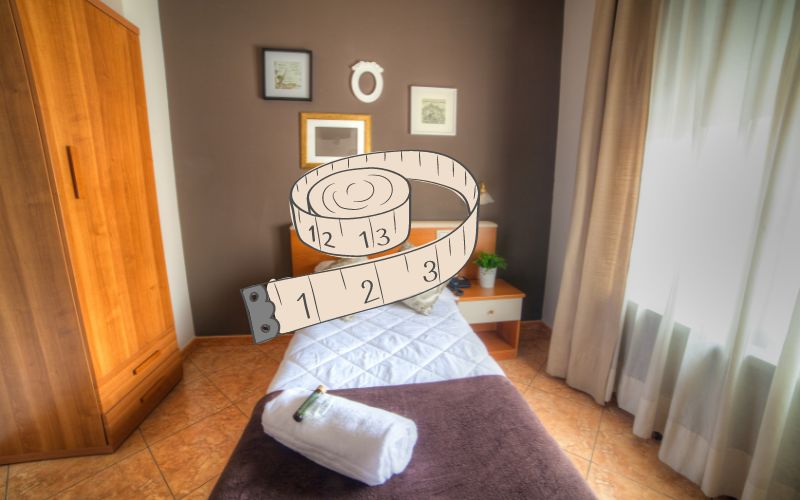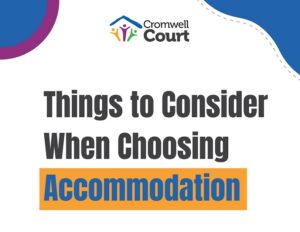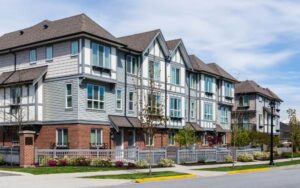HMO Properties
HMO (House of Multiple Occupation) are shared properties (houses or flats), let to three or more tenants (who are not part of the same family) sharing facilities like a kitchen, washrooms or bathroom.
UK HMO Property Licensing
To discourage overcrowding in HMO properties and to maintain the health and safety standards, the UK government declared some rules and regulations for minimum bedroom size. Any landlord owning an HMO-style property must comply with these rules and regulations in order to keep his HMO licensing valid. Those breaching the rules may face fines and prosecution.
HMO Property Standard Requirements
UK Government and local councils have laid down some strict policies and rules for owning and maintaining HMO property. This is to ensure the health and safety of tenants. In order to get your property registered under HMO-Style Accommodation some basic standards need to be maintained:
- No Overcrowding
- Shared/ Communal Areas to be kept clean at all times
- Electrical Safety Checks (to be conducted every five years)
- Gas Safety Annual Checks
- Fire Safety – smoke and fire alarms properly fitted and checked on a regular basis)
- Fire Exit doors
- Fire Extinguishers Installed
- An adequate and constant supply of cold and hot water
- Proper provision of Garbage / Rubbish disposal facility
- Adequate cooking, cleaning, and washing facilities (according to number of occupants))
- a cupboard for the storage of kitchen utensils and crockery
- Shared facilities/areas should be maintained on regular basis
- Operational and well checked electrical sockets
Definition of a Bedroom in UK
There is no legal definition of a bedroom in the UK. However, a bedroom can be well described as a living space or room situated within a residential unit or an accommodation which is used for sleeping purposes having related furniture (single or double bed).
Royal Institution of Chartered Surveyors (RICS), have described a bedroom as a space which can fit in a small single bed and is provided with a window.
Room Size Requirements Depends on HMO Property Licensing
The legal requirement for minimum room sizes currently applies only to properties which are required to be licensed.
A large HMO-style property in UK requires licensing. A large HMO property can be described as a living facility that has five or more tenants from different house holds, sharing basic facilities like toilet, washrooms, kitchen and communal areas.
In 2018, UK government introduced mandatory HMO licensing for all large HMO properties. At the same time the statutory legal requirements for minimum room size in HMO property were also set in order to curtail overcrowding.
Under the Building Regulations 2010, you may be required to seek permission if you are considering conversion, adaptation or structural alterations into an HMO.
Minimum Bedroom Size for HMO Properties in UK
The Ministry of Housing, Community and Local Government of UK have published the expected regulations confirming that from 1 October 2018 HMOs licensed in England under part 2 of the Housing Act 2004 will be required to have a floor area no-smaller than 6.51 square meters.
This is the baseline. The minimum bedroom sizes dependent on the age and number of tenants vary. The licenses issued to HMO property will have to meet the following measurement standards:
- The floor area of a bedroom for single adult must be no smaller than 6.51 square meters (70 square feet)
- The floor area of a bedroom used by two adults have to be at least 10.22 square meters (110 square feet)
- bedrooms slept in by children under 10 can be no smaller than 4.64 square meters
- to ensure that any room in the HMO with a floor area of less than 4.64 square meters is not used as sleeping accommodation.
Additional Rules To Follow
Any room in an HMO property that has a floor area of less than 4.64 square meters, needs to be reported to the local housing authority. No room can be used as a bedroom facility having an area of less than 4.64 square metres.
According to the UK government regulatory standards when measuring rooms, the complete floor area from wall to wall should be measured, where the ceiling is higher than 1.5 meters. If any part of a room has a ceiling of less than 1.5 meters, this area can’t be included in the room measurement.
There are set measurement requirements for communal areas and other facilities in an HMO property. The facility size and number to be present in an HMO-style accommodation depends on the number of tenants it will be let to.
What happens if an HMO property does not comply with the bedroom size requirements?
Local councils and legislations are very strict about the rules and standards set for HMO property sizes, in order to maintain the security and safety of tenants. If an HMO property in UK does not comply with the minimum room size the owner of that property could be prosecuted for breaching the HMO license.
Local authorities can impose a fine of up to £30,000 on anyone who does not fulfil the criteria for owning HMO property as set by the UK government. HMO fines and penalties depend on your local council but can include:
- Prosecution
- rent repayment orders, which tenants can use to reclaim up to 12 months of rent
- unlimited fines
- management orders (local council takes over and manages the HMO property)
Better Living Conditions – Long-Term Tenants
Even if an HMO property bedroom complies with the minimum size requirements it might not be much preferred by tenants. A valuable tip for HMO property owners is to offer better living conditions and ample living space to your tenants if you want to have them for a longer period of time. Big open spaces attract peace and happiness which can greatly affect the living atmosphere in your property.
Luxurious and affordable: HMO Style Accommodation in Stoke-on-Trent
Another important aspect to consider is that more spacious and less crowded property is also less likely to suffer from damage or serious destruction. Chances of injury and accidents are also less in open- spaced living facilities which eventually improves the quality of life and of course the living space itself.





